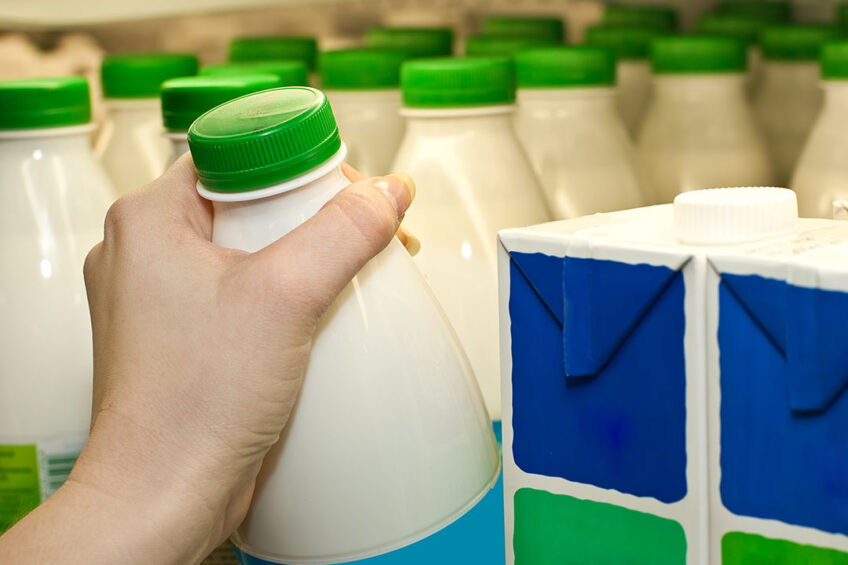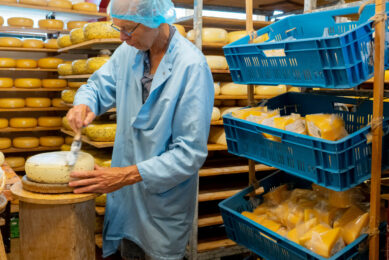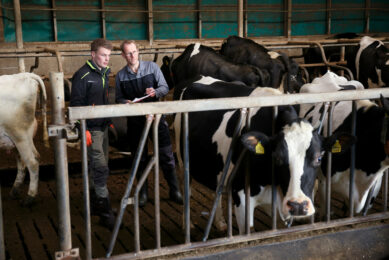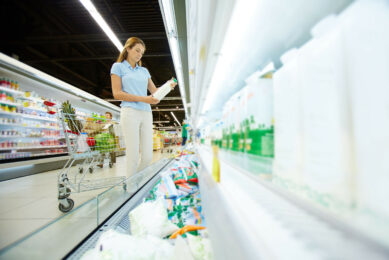Russian dairy industry’s profitability sinks

Russian milk farmers experience an unprecedentedly low profitability level, which is projected to hamper the industry’s operational performance in 2021.
The Russian Agricultural Ministry estimated that the average profitability on dairy products, except for raw milk, reached 3.8%, which is noticeably lower compared to previous years.
Price cuts
Russian companies complained about the price cuts on the domestic dairy market. Andrey Romanov, chairman of the board of the Russian dairy producers Zalesie, told local publication MilkNews that the negative dynamics is seen since late 2020.
“The prices for feed, veterinary drugs etc have all risen, while the price of products – have not, and in some cases has even declined,” Romanov said, adding that the government cut state support allocated to dairy companies, which has made things even worse.
Stefan Duerr, general director of the Russian biggest milk producer EkoNiva also said that the price cuts in the past few months has made the Russian dairy industry ” less attractive for new investments.”

Price regulations in place
Russian companies stressed that during the pandemic, the production costs jumped across the entire production chain, which could be seen from the feed side, all the way to the packaging side.
“On the other hand, price regulation on the grocery shelves technically has been introduced [by the government]. So far, it is secured in an unofficial way, by hidden negotiations and moral pressure on retail chain and by us – as manufacturers,” said Anatoly Losev, general director of the Russian dairy company AO Molvest.
With this backdrop, there is hesitation when it comes to investments in the Russian dairy industry these days, Losev added, and stated that margins have been seen falling, negatively affecting the industry’s investment attractiveness.
Read more about the Russian dairy sector here
Tough competition
At the same time, Russian milk farmers experience tough competition with milk imported from Belarus, and to a lesser extent, from Lithuania.
“In terms of growth in prices for Russian products, our consumers could switch to consuming more milk from Belarus or Lithuania. This would be a major blow for local producers and the entire industry,” said Alexey Zubets, director of the government’s university for social and economic researchers.
The Russian Agricultural Ministry has recently announced that despite earlier plans, capital cost reimbursement regards to new projects in the Russian dairy industry will not be withdrawn in 2022.
Thanks to this, Russia can reach self-sufficiency with milk in 4-5 years, Artyom Belov, general director of the Russian Union of dairy producers Soyuzmoloko, said. Currently, this figure stands at 84%, he estimated.
Read more about the Russian dairy sector here
Join 13,000+ subscribers
Subscribe to our newsletter to stay updated about all the need-to-know content in the dairy sector, two times a week.










